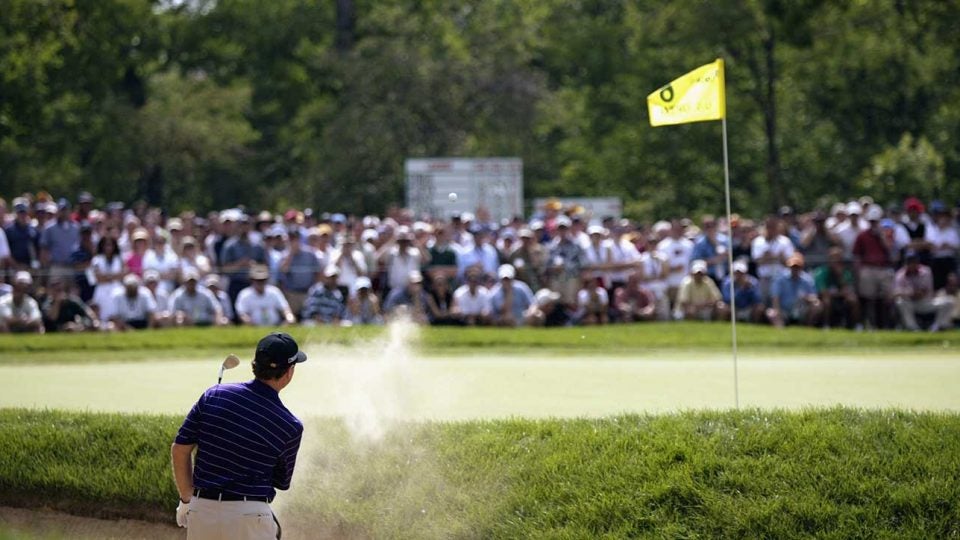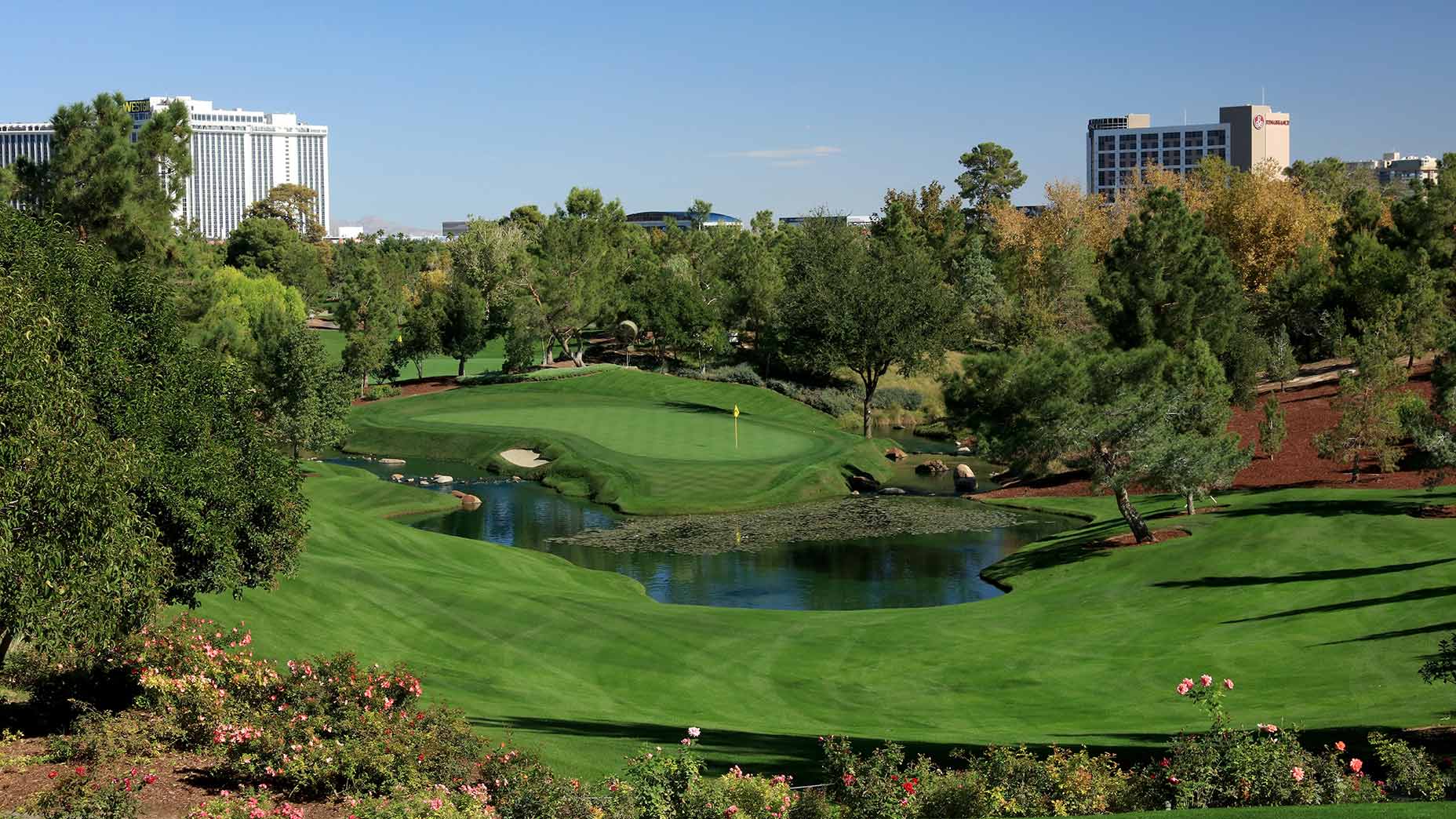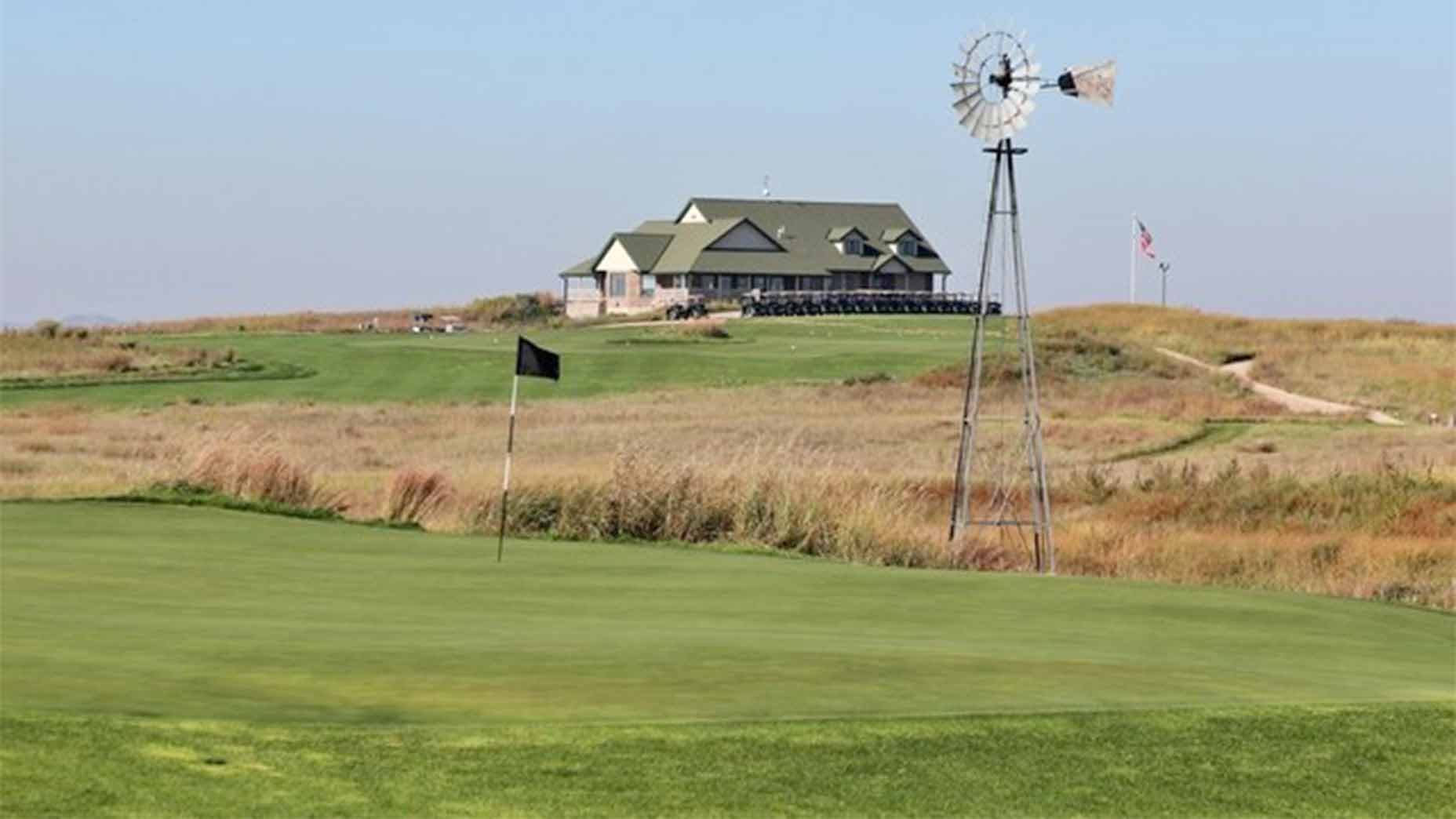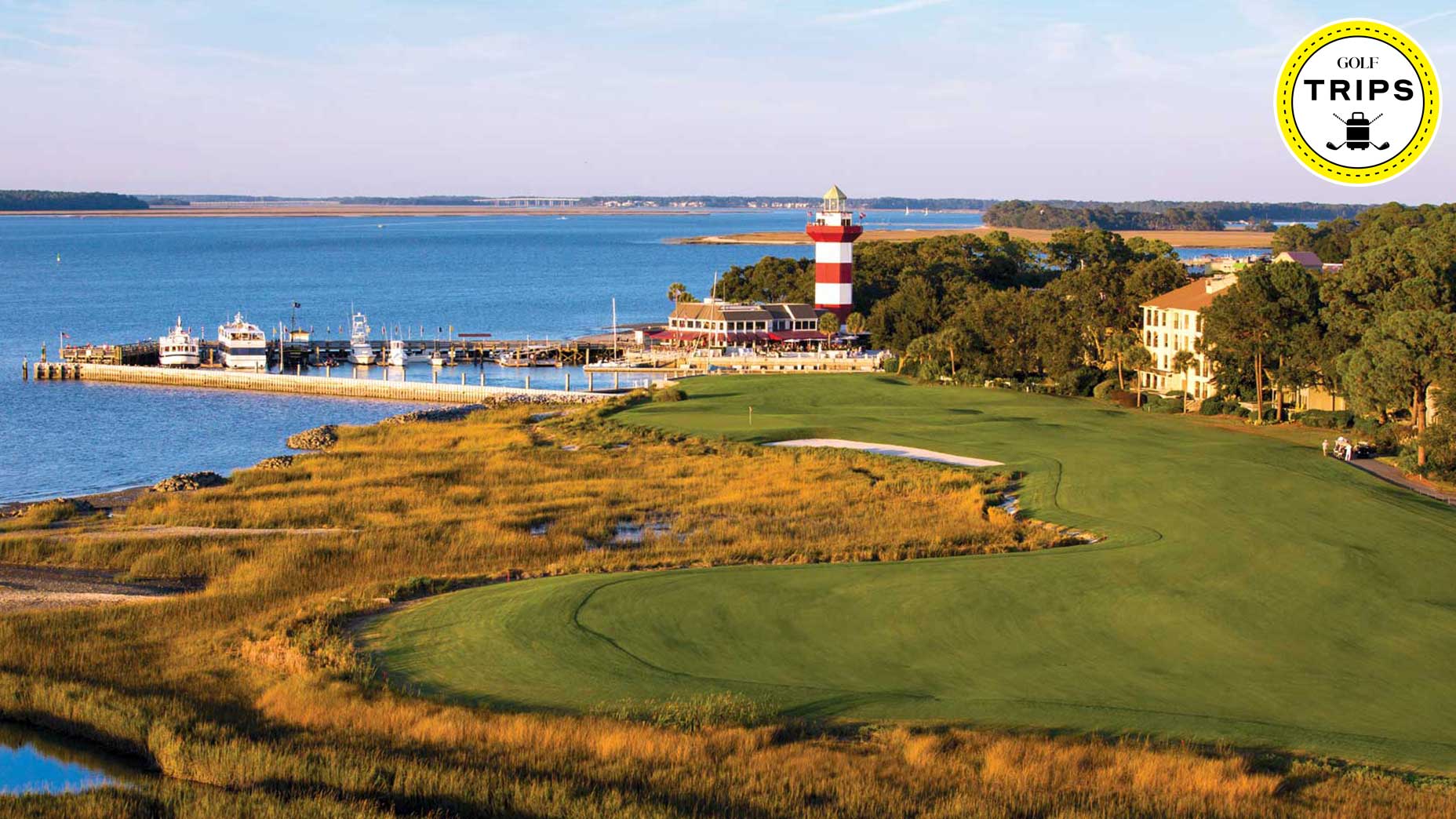 10 reasons attending the Masters is different from any other tournament
10 reasons attending the Masters is different from any other tournament
Inside the wicked hole template that can ruin (or save) your next round

Welcome to A Beginner’s Guide to Golf Course Design, where we’ll dig into the history, design and meaning of golf course architecture terms you’ve probably heard before but might not fully understand. We’ll explain all of the above in an accessible Q&A format, and better yet, teach you how to identify these features and plan your attack for the next time you see one, saving you strokes along the way. In this installment, we’re breaking down a knoll hole.
What is a knoll hole?
A knoll hole is another template that Charles Blair Macdonald brought to America. The hole is based on the definition of a knoll, “a small hill or mound.” On the green, the “knoll” is raised above the fairway and requires an aerial shot to find the putting surface.
The elevated green falls away on all sides and is typically surrounded by hazards or tight cut grass. The green is often semi-blind because it is raised high above the fairway. Balls that just miss the green often roll far away and make for extremely difficult recovery shots. Because of this, knoll holes are often shorter par-4s to leave players with shorter approach shots.
Some of the greens are somewhat crowned, while others are flat but fall away at the edge of the green. There is some contention over what the distinguishing point of this design is, but many say that the elevation of the green from the fairway must be significant in order for it to truly be a knoll.
The Original at Scotscraig
Most experts, including Tom Doak, believe the original knoll hole is the 4th from Scotscraig Golf Club, near St. Andrews in Scotland. Advertised on their website as “The World’s 13th Oldest Golf Club,” this spot is steeped in history. The 4th hole is titled “Westard Ho” and plays 350 yards. A bunker sits short right of the green, but this isn’t the only bad place to miss. The green falls away on all sides, so it’s important to find the fairway with your drive to set up your approach shot for success. It’s easy to see why CB MacDonald would want to bring this idea back to the U.S., even if he never gave this hole much credit in writing. The version he later built at Piping Rock is very similar to this.
Where are some interesting ones in the US?
1. Yale (#14)
The 343-yard par-4 14th at Yale is titled “Knoll,” but isn’t the most dramatic one out there. There is also a mound on the left side of the fairway that pushes balls to the right. You can use the bank in the fairway to get closer to the green. The hole is named for the knoll in the fairway, which isn’t what makes it a knoll template hole, but it is still based on the original Scotscraig design. As Charles Banks described in 1925, “The second shot is a lift and hold. The green is elevated on all sides and slopes to the left.”
ADVERTISEMENT
2. Fishers Island (#10)
The 1oth at Fishers Island has some space in the fairway, but having a good approach angle to the green is important as it is a steep hill up to the green. Coming up just a touch short can be infuriating as your ball will roll down the sharp hill 40 yards or more. The green looks majestic off in the distance at the top of the hill. Hitting uphill and holding the green is a hard task. Raynor really challenges the golfer here, a big number is very much in play if you have trouble finding the green.
3. Piping Rock Club (#13)
The 300-yard par-4 13th is maybe the best knoll hole in the world. CB Macdonald built many wonderful template holes at Piping Rock, including this one. The green is fronted with a bunker far below the sharp falloff. The hole is quite short because of the raised green. The green features some undulation as well, but the journey isn’t done once you reach the surface. Missing long means a dropoff of some twenty feet below and getting up to the green will be tough. Like all the best knoll holes, an up and down will be very difficult.
4. Olympia Fields South (6th)
Another short yet wonderful knoll hole can be found on the Olympia Fields south course outside of Chicago. This par-4 is 365 yards and has a slightly elevated tee down to the fairway. The approach plays over a creek to the elevated green with runoffs front, left, and right. The better approach is from the right side of the fairway, but it is protected with bunkering. There are greenside bunkers far below the surface on the left side, which is why you want your approach to come from the right side.
To receive GOLF’s all-new newsletters, subscribe for free here.
ADVERTISEMENT







